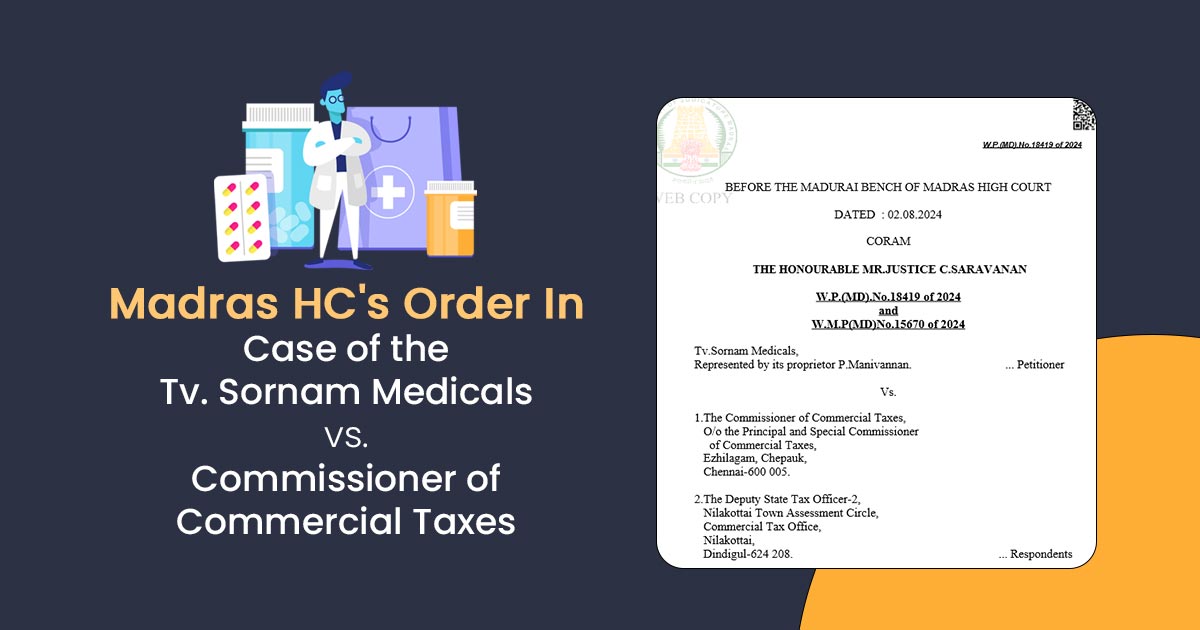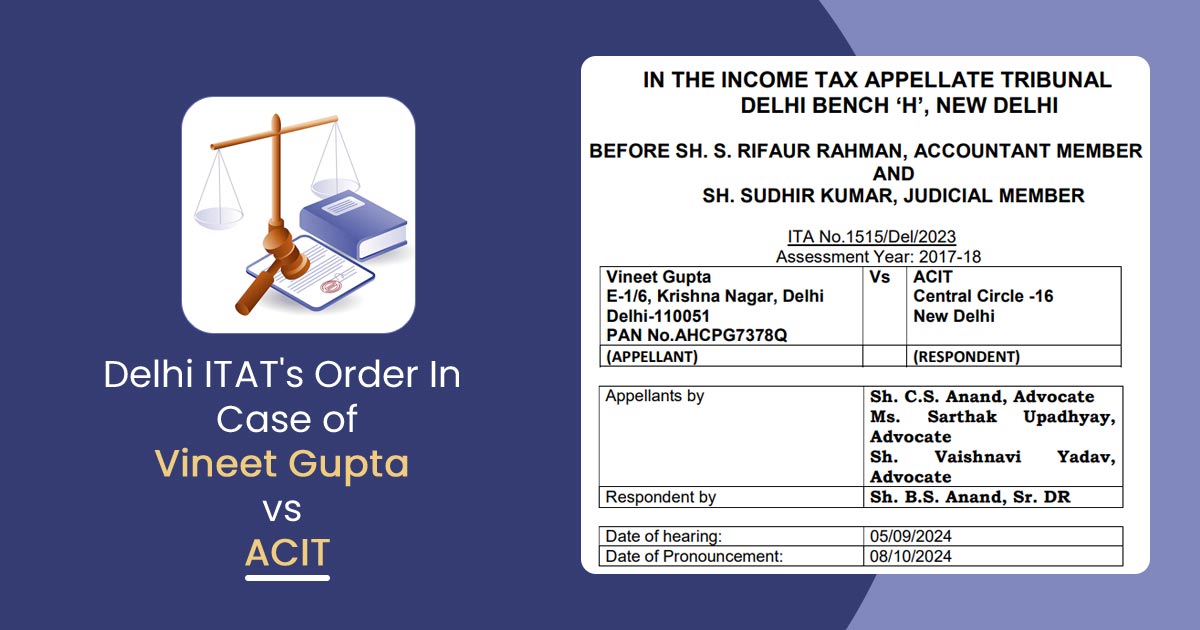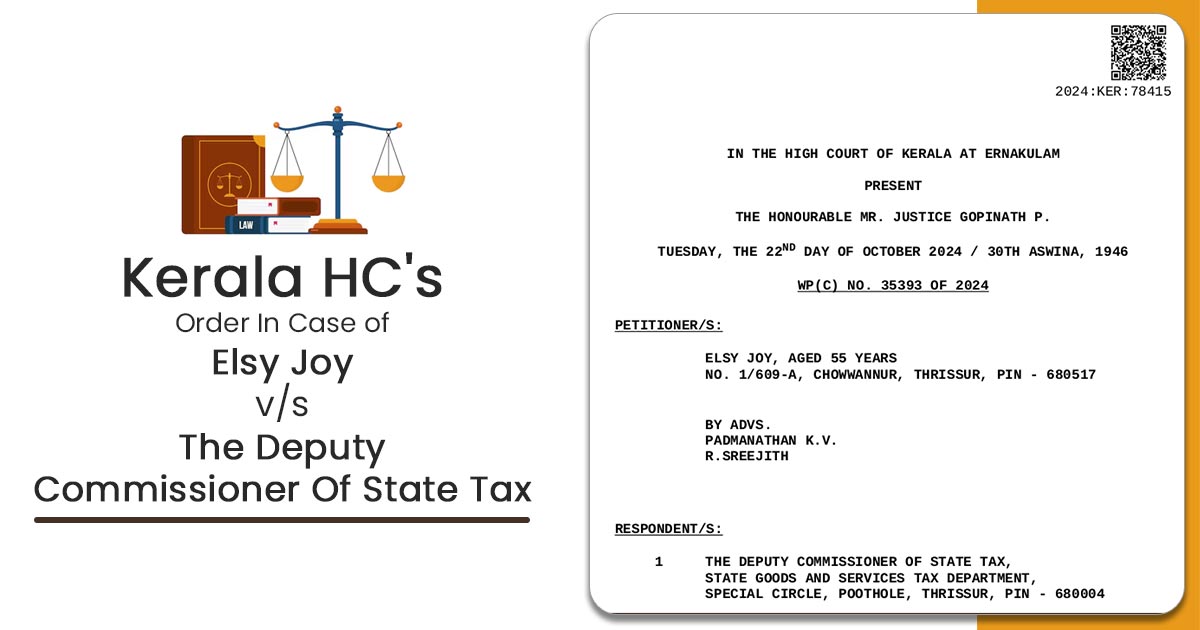Recently Taxpayers were apprised about the new Income Tax Return (ITR) forms for the assessment year 2018-19 by the Central Board of Direct taxes. Taxpayers can download the ITR form from the official website of the department–www.incometaxindia.gov.in. July 31st is the last date for filing the ITR. The forms mandate salaried class assessees to provide salary breakup and businessmen their GST number and turnover.
The manner of filing the ITR remain the same as before. However, some fields have been reorganized and rationalized in the latest forms. Barring a few, all taxpayers have to fill all of the seven ITR’s electronically. The same was confirmed by the TAX Department and CBDT.
The most basic of the seven ITR, the ITR-1 or Sahaj has to be filled by the salaried class of taxpayers only. The ITR-1 form was filled by 3 crore taxpayers during the last financial year.
A few Changes
The ITR-1 form for this FY contains separate fields regarding salary details of the assessees. The breakup format of the salary detail field includes non-exempted allowances under GST, the value of perquisites, deductions claimed under section 16 and profit in lieu of salary.
Form 16 contains all the details required of a salaried employee. These details must be mentioned in the ITR to ensure clarity during deductions. As per the CBDT, ITR-1 has to be filed by the following individuals:
- Resident other than not ordinarily resident with income up to Rs 50 lakh
- Resident other than not ordinarily resident with income source as salary or house property or any other interest income sources.
In addition to above, the following fields have been rationalized in ITR-1:
- Salary Field.
- House Property Field.
Besides, the mandatory information field includes basic details of salary (as available in Form 16) and income from house property.
Recommended: Drawbacks of Not Filing Income Tax Returns by 31 July 2018
ITR-2/ ITR-3/ ITR-4 (Presumptive Income Source)
As far as ITR-2 is concerned, The spokesperson from CBDT Surabhi Ahluwalia confirmed that the ITR-2 has also been rationalized for individuals and HUF (Hindu Undivided Families) with income source other than business or profession.
She further added that those individuals and HUF who have a presumptive income source under the business or professional field need to file either ITR-3 or ITR-4 in cases. Also under the ITR-4, assessees with presumptive income from business and profession will have to furnish their respective turnover with mandatory GST registration number.
Non Resident Taxpayers
For Non-Resident Taxpayers, the ITR rules more or less remain the same. Non-Resident taxpayers still need to furnish details of at least one foreign bank account to claim credit or refund. The CBDT spokesperson further added that the mandatory provision of details for cash deposit details made during a specified period (in the wake of the note ban of 2016) has been discontinued.
However, The ITR form for Assessment year 2018-19 will separate Spaces like in previous forms. Like previous years, Taxpayers need to either mention the 12-digit Aadhaar number or the 28-digit enrolment Aadhaar ID.
The CBDT also confirmed that individuals or HUF with annual income less than Rs 5 lakh as well as individual taxpayers of 80 years or more at any time during the previous year who have not claimed any refund, can file ITR in the paper form, using the ITR-1 or ITR-4.
Income Tax Return Forms for AY 2018-19
| Form No. | Download |
|---|---|
| Form No.: ITR-1 SAHAJ | View Here |
| Form No.: ITR-2 | View Here |
| Form No.: ITR-3 | View Here |
| Form No.: ITR-4-Sugam | View Here |
| Form No.: ITR-5 | View Here |
| Form No.: ITR-6 | View Here |
| Form No.: ITR-7 | View Here |
| Form No.: Acknowledgement | View Here |
Read Also: Important Steps for Beginners to Filing Income Tax Return












Sir,
I am a Govt. employee and facing some difficulty in filing new itr1 (Sahaj). My salary break up is Basic Pay, Non-Practicing Pay ( It is for all practical purposes considered as Basic Pay…..like calculation of DA,HRA etc.), DA, HRA, I.R. (Interim Relief). All my pay and allowances are taxable. What will be the salary break up for Part B1 (1) Salary excluding all allowances etc…. and Part B1(2) Allowances not exempt in my case?
Total of basic pay and Non-practicing pay has to be shown in Part B1(1)
Total of DA, HRA and IR has to be shown in Part B1(2)
Sir,
I used to take the home tuition and had an annual income of around Rs. 300000/- and maintained a balance sheet (profit and loss a/c). I used to submit my annual return under the head “income from profession-others”) in itr3 or itr4. I last filed itr3 for the AY 2017-18. I left the profession for more than last 1 and half years due to failing health. Now I have no income other than a meagre savings bank interest of not exceeding 10000/- Should I submit any ITR this AY year? If yes, can I submit ITR 1?
It is not compulsory to file ITR if you do not have income exceeding the basic exemption limit. This is optional. If you want to file ITR, ITR-1 will be applicable.
Sir,
How can I inform the IT Dept. that I have dropped my profession?
You can file return excluding income from that profession. No way to specifically inform the department about dropping of the profession.
Sir,
I am a Govt. Employee and I file ITR 1(Sahaj) every year. In the FY 2018-19, my mother has gifted me Rs. 3 lacs by cheque. Is it an exempt income? If yes how to show the amount in ITR?……..Which ITR should be filed to disclose the amount?
You have to show it in under “Exempt income” column of Other sources head.
Sir,
You mean Exempt Income “Others” column of ITR 1?
Yes
Many thanks,sir.
1)Sir, I am a Govt. Employee. I am facing some problem regarding filling up Schedule TDS in ITR1 for AY 2018-19…..I have declared income from other sources apart from my salary income to my deductor. After adding both “Salary” and “Income from other sources” I arrive at “Gross Total Income” and allowing deduction under chapter 6A, I arrive at “Total Taxable Income” and tax has been deducted at source accordingly by my employer. Now, what should I fill in column (3)i.e. the amount which is subject to the tax deduction of schedule TDS? Is it only “Salary income” or “Gross Total Income” or “Total taxable income”? In column (4)i.e. year of tax deduction of schedule TDS, what should I fill as total tax has been deducted during FY 2017-18? Column (5) is a Tax deduction at source, that I can understand. But what shall I fill in column (6) i.e. amount out of (5) claimed this year? Plz. reply.
1) Total Taxable income will be treated as the income subject to TDS
2) Year of tax deduction will be 2017-18
3) If you don’t want to carry the forward credit of TDS to next year then in column 6 you need to write full TDS amount.
Sir,
My D.O.B. is 21/10/1958. Can I claim the I.T.benefits for the F.Y. 2018-19 as a senior citizen?
As during F.Y. 2018-19 your age becomes 60 years or more, so you will be treated as the senior citizen.
Many Thank Sir, for your comprehensive and unambiguous reply.
Can you attach all the ITR Forms recently announced by IT Dept. for the benefit of the Assessees; as usual nobody can get the ITR Form Copies (for print out taken) from the ITR website – perhaps I T Deptt. want to force all the assessees to file ITR
online through their website?
Can you help the people, particularly the senior citizens to get printouts of the ITR Forms for A / 2018 – 19. there is no use of your asking our comments and doing nothing on the comments received by you from people.
We attached all-new ITR forms in the post for AY 2018-19, please view and download.
Contact to PF department helpdesk.